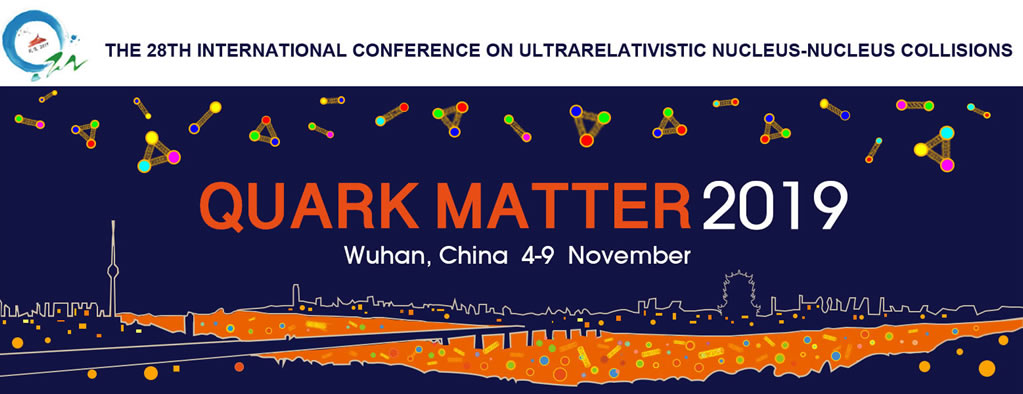Speaker
Description
Cross sections for photon production in hadronic scattering processes have been calculated according to an effective chiral field theory. For $\pi + \rho \to \pi + \gamma$ and $\pi + \pi \to \rho + \gamma$ processes, these cross sections have been implemented into a novel hadronic transport approach (SMASH), which is suitable for collisions at low and intermediate energies. The implementation is verified by systematically comparing the thermal photon rate to theoretical expectations. The impact of form factors is assessed, and scattering processes mediated by ω mesons are found to contribute significantly to the total photon production. The photon rates we obtain are compared with parametrizations commonly used in hydrodynamic simulations, and also with previous works addressing the production of direct photons from the hadronic stage. Finally, the impact of considering the finite width of the $\rho$ meson is investigated, and a significant enhancement of photon production in the low-energy region is observed. This work is the first step towards a consistent treatment of photon emission in hybrid hydrodynamics+transport approaches, and towards a genuine dynamical description. It will further quantify the importance of the hadronic stage for the resolution of "the direct photon flow puzzle" and can be applied to identify equilibrium and non-equilibrium effects in the hadronic afterburner.
References:
A. Schäfer et al. „Benchmarking a Non-Equilibrium Approach to Photon Emission in Relativistic Heavy-Ion Collisions“, Phys. Rev. D 99, 114021 (2019)
J. Weil et al., „Particle production and equilibrium properties within a new hadron transport approach for heavy-ion collisions“, Phys. Rev C 94, 054905 (2016)
